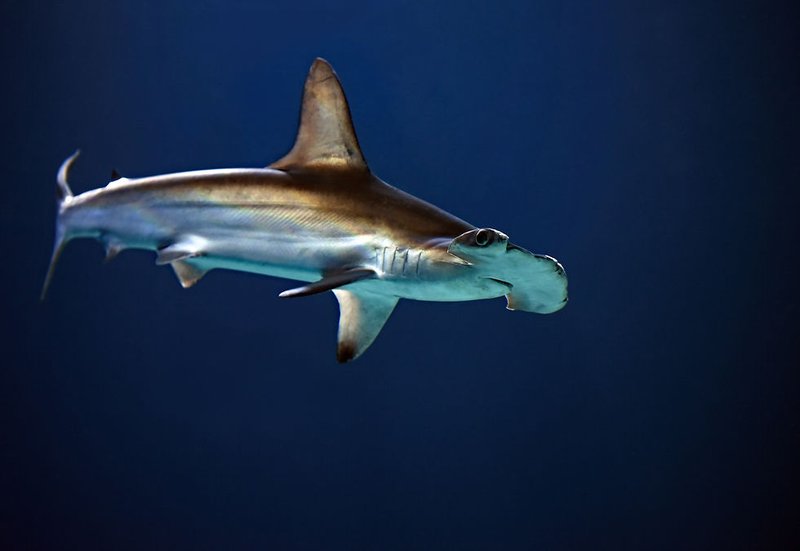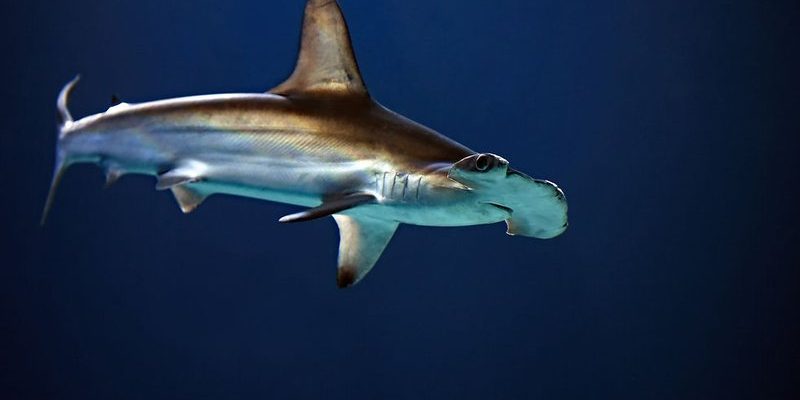
Imagine sipping a warm cup of coffee while you hear about these sharks. Hammerhead sharks are often portrayed as fearsome predators, but that’s not the full story. The truth is that many myths and cultural beliefs shape our understanding of them. From ancient legends to modern misconceptions, the way we view these sharks can be influenced by a blend of fear, fascination, and misunderstanding. So, grab your favorite mug as we explore the myths and cultural beliefs surrounding the hammerhead shark.
What Makes Hammerhead Sharks Unique?
Hammerhead sharks are part of the Sphyrnidae family, and there’s something really special about their hammer-shaped heads. This unique structure isn’t just for show; it plays a significant role in their hunting strategy. The wide head gives them improved depth perception, meaning they can track prey more effectively. So, when you see them gliding through the water, they’re not just looking cool—they’re equipped with an evolutionary advantage.
These sharks can be found in warm waters worldwide, often near coastlines and continental shelves. There are several species of hammerheads, like the great hammerhead and the smooth hammerhead. Each has its own characteristics, but they all share that iconic head shape. With their keen senses and social behavior, they often hunt in groups, which is quite different from many other shark species that prefer solitude.
Honestly, understanding their unique biology helps counter some of the more dramatic myths. For example, contrary to popular belief, hammerheads are not mindless killers; they play an important role in maintaining the balance of marine ecosystems. Just like any other predator, they have their part to play in the circle of life.
Fears and Misunderstandings About Hammerhead Sharks
One of the biggest myths about hammerhead sharks is that they are aggressive towards humans. Picture this: you’re at the beach, and you hear someone say that hammerheads are always lurking, ready to attack. It’s a scary thought, but here’s the thing—sharks, in general, aren’t out hunting people. Most species, including hammerheads, pose little to no threat.
Research shows that hammerheads are more likely to swim away from humans. They tend to be shy and avoid direct contact. Most shark attacks that do occur are simply cases of mistaken identity—as when a shark mistakes a surfer for a seal. Understanding this can ease some of the fear that surrounds these incredible creatures. After all, they’d rather be left to hunt schools of fish than deal with humans.
Let’s not forget how media and movies have shaped our view of sharks, including hammerheads. Films often portray them as villainous. But these portrayals can distort our understanding and fuel unnecessary fear. It’s important to remember that these sharks are part of a delicate ecosystem, and keeping a healthy perspective on them is key.
Cultural Beliefs in Different Societies
Across various cultures, hammerhead sharks hold unique places in folklore and belief systems. In some Pacific Island cultures, they are seen as protectors or guardians of the ocean. For example, in Hawaiian mythology, the hammerhead is associated with the god of the sea, Kanaloa. Stories often depict them as noble creatures that symbolize strength and resilience.
On the other hand, in some regions, they might be viewed with caution or fear. In parts of Mexico, people might associate hammerheads with the untamed forces of the sea, reflecting a more negative perception. This illustrates how our views on hammerhead sharks can range from reverence to fear—shaped by history, geography, and local beliefs.
These cultural narratives are not just stories; they influence how people interact with these sharks today. When communities respect hammerheads and understand their ecological roles, it can lead to better conservation efforts. This is vital, considering that many hammerhead species are currently endangered due to overfishing and habitat loss.
Conservation Efforts and Awareness
As popular as hammerhead sharks are in myths and stories, their survival is a real concern. Overfishing, often driven by demand for shark fins and meat, has severely impacted their populations. Hammerheads are particularly vulnerable because they tend to grow slowly and have few young. This makes conservation efforts crucial.
Organizations around the world are working hard to protect hammerhead habitats and promote sustainable fishing practices. Educating communities about the importance of these sharks can help shift the narrative from fear to respect. Initiatives often focus on raising awareness about their ecological roles and the threats they face.
You might wonder how you can help. Simple actions can make a difference. Supporting sustainable seafood initiatives, participating in beach clean-ups, and sharing knowledge about hammerheads can all contribute to their conservation. It’s about turning those scary stories into tales of protection and care.
Hammerheads in Popular Culture
Hammerhead sharks often make appearances in movies, documentaries, and even toys. These portrayals can either amplify myths or help demystify these sharks. For instance, documentaries that showcase their beauty and ecological importance can foster a sense of admiration and protectiveness, while horror movies might perpetuate the idea that they are ruthless killers.
Interestingly, you can spot hammerhead sharks in various cartoons and kids’ shows. These representations, while often exaggerated, can spark an interest in marine life for younger audiences. Educating children through engaging stories about hammerheads can inspire future conservationists. It’s through these channels that we can reshape perceptions—turning fear into curiosity and respect.
Ultimately, how we portray hammerheads matters. If we focus on their role in the ecosystem and their fascinating behaviors, we can help others appreciate these unique sharks for what they truly are: amazing animals that deserve our protection.
The myths and cultural beliefs surrounding hammerhead sharks show just how complex our relationship with them is. While fear often dominates their portrayal, there’s so much more to these creatures that deserves recognition. Understanding their behavior, respecting cultural beliefs, and advocating for their conservation can help change the conversation about hammerheads.
So, the next time you hear a myth about these sharks, remember the truth behind the tales. They’re not just symbols of fear; they’re fantastic animals with essential roles in our oceans. By educating ourselves and others, we can help foster a world where hammerhead sharks are respected and protected, swimming confidently in their ocean homes.

